ATPCO Built the Rails. Can It Still Set the Route?
Otto is on the ground. The rails are humming. But where are they headed?
The most powerful company in airline pricing doesn’t sell tickets.
It doesn’t show up in your inbox.
It doesn’t make bold claims on LinkedIn.
But Elevate 2025, ATPCO’s event, is here in Chicago this week—quietly gathering the people and platforms that still shape the system.
I am too.
Different mission, same goal: watch the system breathe.
ATPCO processes more than 18 million fare updates a day. It built the fare infrastructure that most airlines, GDSs, OTAs, and travel tech firms rely on to price, file, and distribute the cost of getting from A to B.
You don’t see ATPCO.
But you’ve flown through it.
And for the last 60 years, that invisibility has been part of the point.
The Neutral Utility
ATPCO began as a post-war cooperative—a utility created to help airlines distribute fare information more efficiently. It digitized an entire industry’s pricing logic before most people had modems. It helped standardize a system so complex it once required shelves of tariff books.
Then it kept going.
In the last decade alone, ATPCO has:
Acquired Routehappy (amenities & rich content)
Integrated SITA’s Airfare Insight
Absorbed 3Victors (a demand and competitive intelligence platform)
This isn’t a company stuck in time.
It’s moving. And Elevate 2025 made that clear.
There’s real conversation happening here:
Dynamic pricing. Offer-order transformation. Personalized merchandising.
ATPCO is listening—and pushing forward.
The Quiet Question in the Halls
Still, something else is vibrating just under the surface at Elevate.
A quiet undercurrent.
Startups whispering about “bypassing the pipe.”
Tech vendors using the phrase “rip and replace” while smiling politely.
As one pricing analyst put it:
“Some of these newer platforms aren’t building on top of ATPCO.
They’re building around it.”
It’s not a threat.
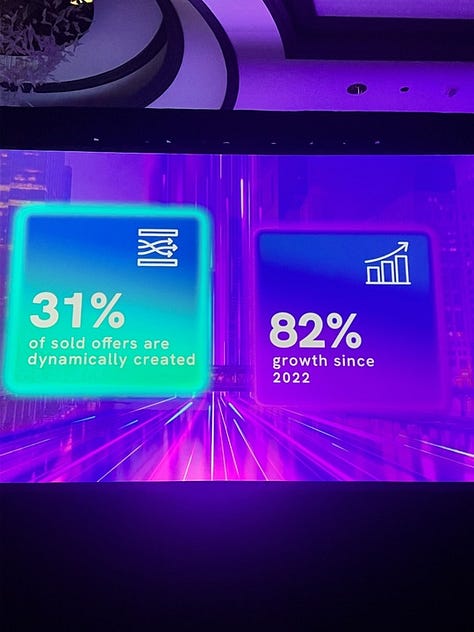
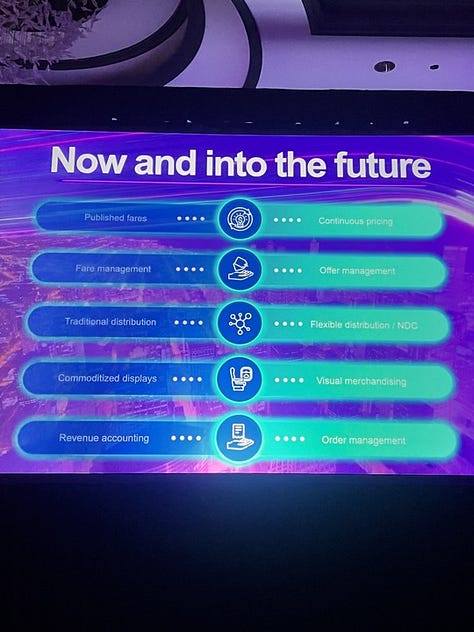
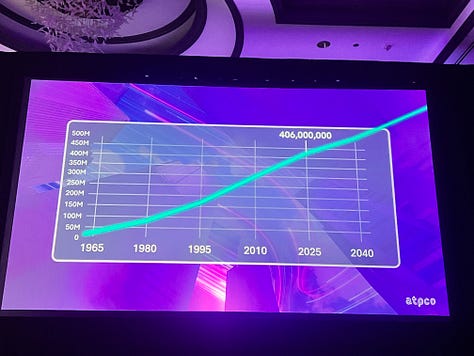
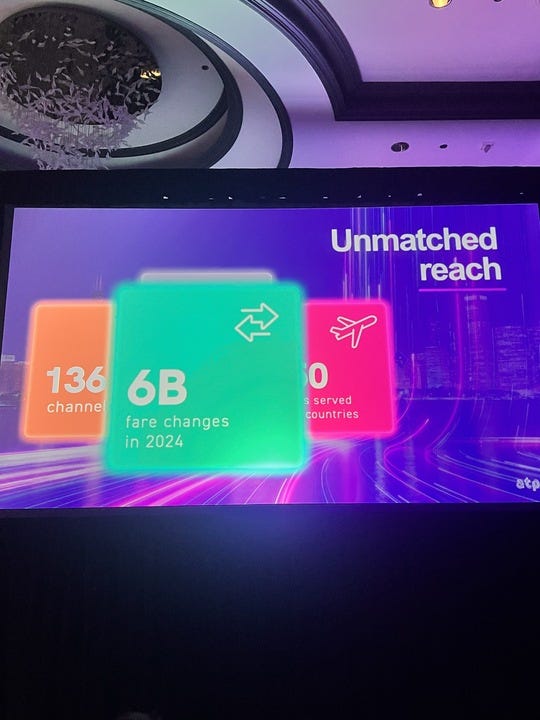
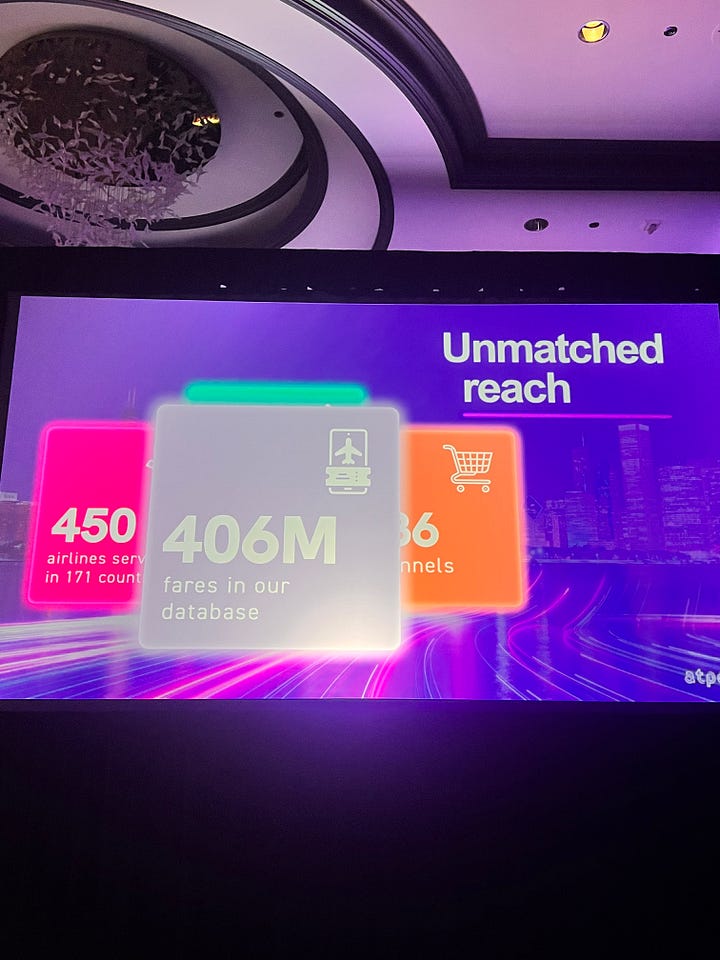
It’s a signal.
This isn’t about ATPCO vs. X.
It’s about who owns the logic—and who controls the experience layer as retailing becomes real-time.
Otto’s 11
Signals from the System Beneath It All
I’ve always believed in paying respect to the systems that run deep—and the people who’ve kept them running for decades without a standing ovation.
So here’s a quiet nod. A list. An homage.
Eleven things you might not know about ATPCO—and why it still matters.
And if you were expecting ten—and eleven’s making your eye twitch—this might not be the side of the terminal you belong on.
It started as a printed-book solution.
In the 1940s, fare updates came in the form of heavy tariff books mailed to travel agents. ATPCO was born to solve that—with paper, then pipes, then platforms.
It once processed 40 million fare updates in a single day.
That’s 460 updates per second—making it one of the most quietly massive data engines in the industry.
Its archive lives in the Library of Congress.
From 1944 to 2004, every printed fare book lives in U.S. history. Airline pricing, officially canonized.
“Saturday night stay” logic? That came from here.
The industry’s favorite airfare hack was formalized into pricing rules by ATPCO. Not marketing—code.
It’s owned by the airlines themselves.
ATPCO is neutral by design. It exists to serve every airline equally—a rare thing in modern aviation.
Some of its best early engineers hadn’t flown.
They didn’t need to. They understood logic. Routing. Systems. And they built one that reshaped an industry.
You used to be able to hear fare changes over the phone.
Before modern platforms, you’d literally call in, listen, and transcribe. Now it’s millions of updates daily—without a sound.
The Dulles print room was once a hive of activity.
Before digital updates, ATPCO had its own print floor. Giant fare books. Pages bound by hand.
Old logic still lives inside new platforms.
Even NDC implementations still carry echoes of ATPCO’s original architecture. Legacy, embedded by design.
Its biggest challenge may be its greatest strength: it’s everywhere.
Powering more than 400 airlines and 120+ channels, ATPCO is the infrastructure. That reach is hard to match—and a powerful place to evolve from.
It’s now sitting at the edge of personalization and automation.
With AI and dynamic offers accelerating, how will ATPCO grow and morph into what airlines need to run efficient, streamlined Pricing and Revenue Management departments?
You won’t hear it in the keynotes.
But the signal’s in the hallway.
That’s where the future starts whispering—before it shows up in code.
Pull up a chair.
The rails still work.
But the ground underneath them is shifting.
What comes next won’t be filed.
It’ll be felt.
The logic’s changing.
Quietly. Not slowly.
TDLR:*
ATPCO has quietly powered airline pricing for 60+ years
It helped standardize a system that once ran on phones and fare books
But today’s industry needs more than structure—it needs speed, personalization, and flexibility
Elevate 2025 revealed that shift is already happening—in the side halls, not just the keynotes
Otto’s listening. Field Mode is open.

